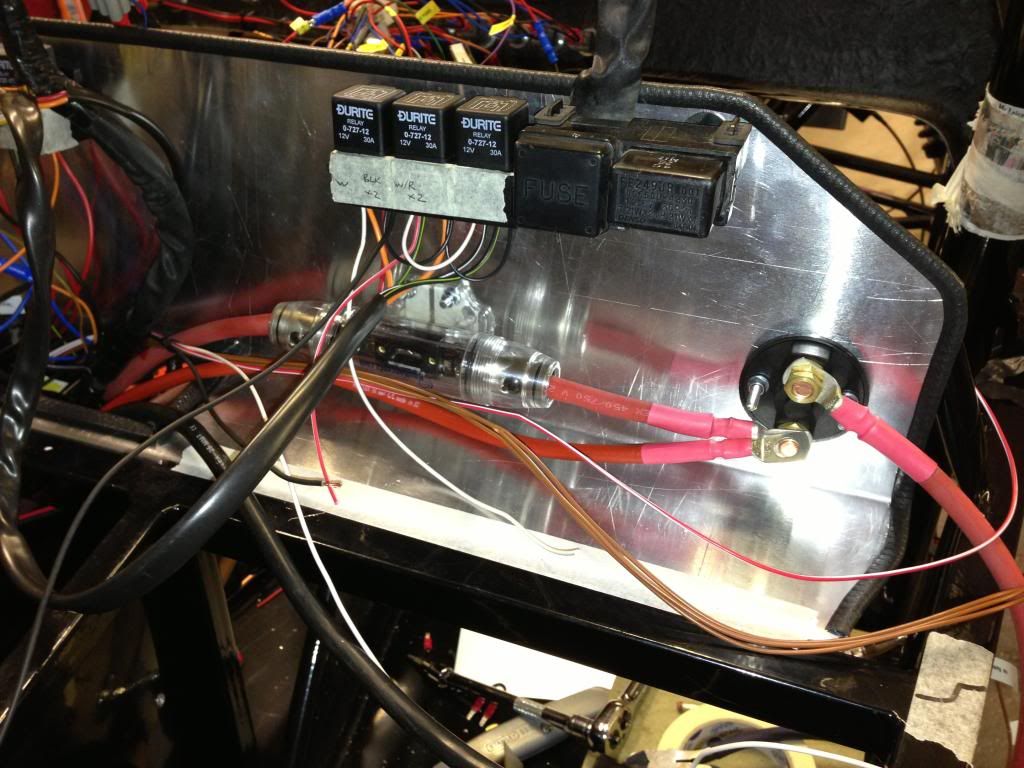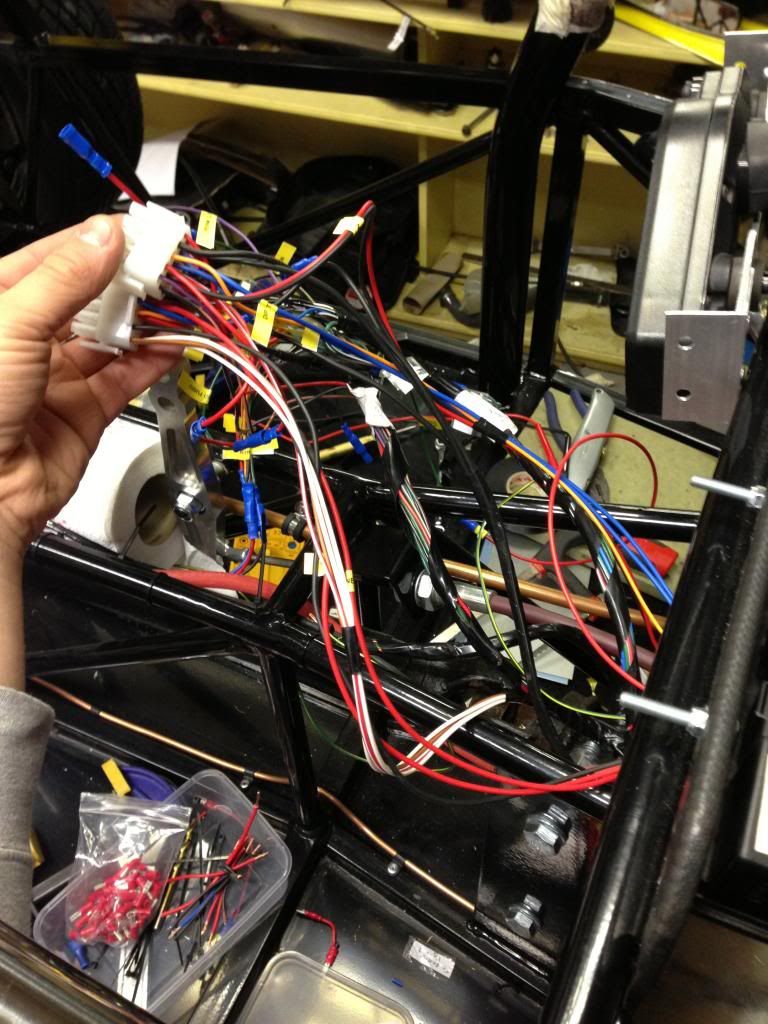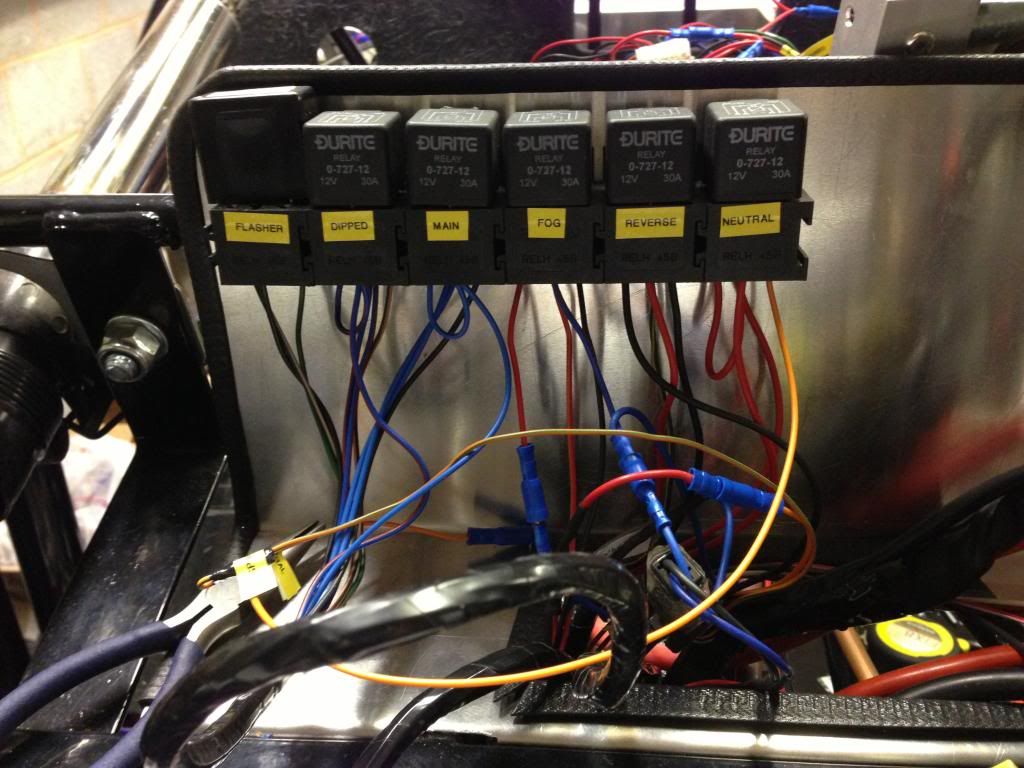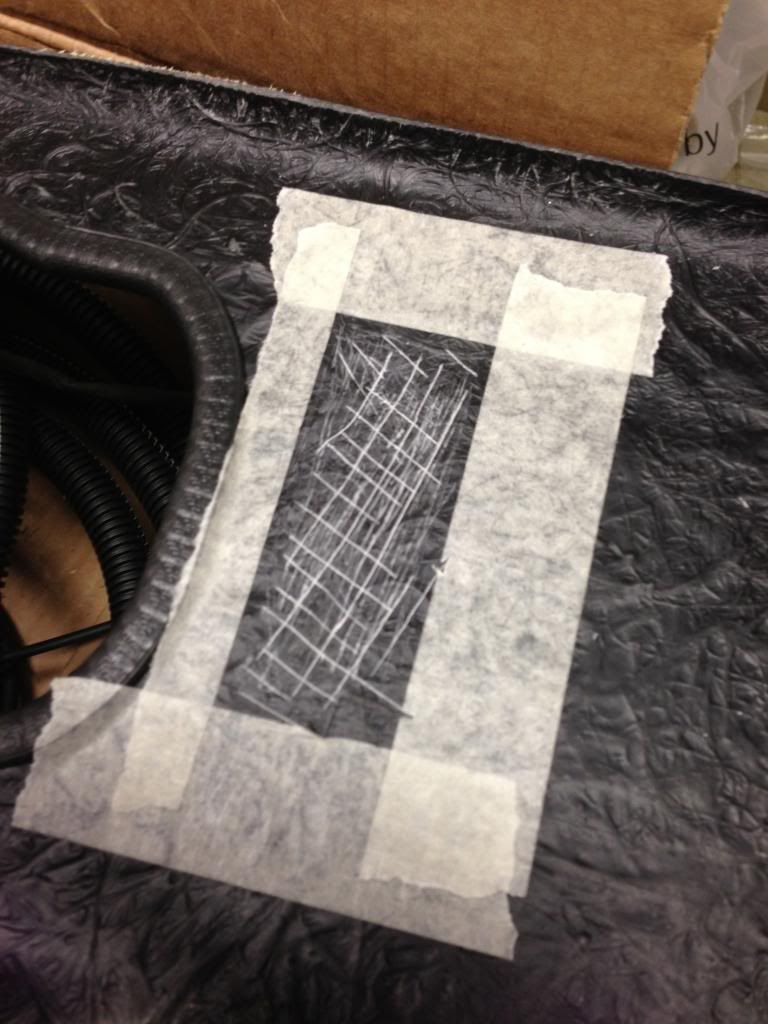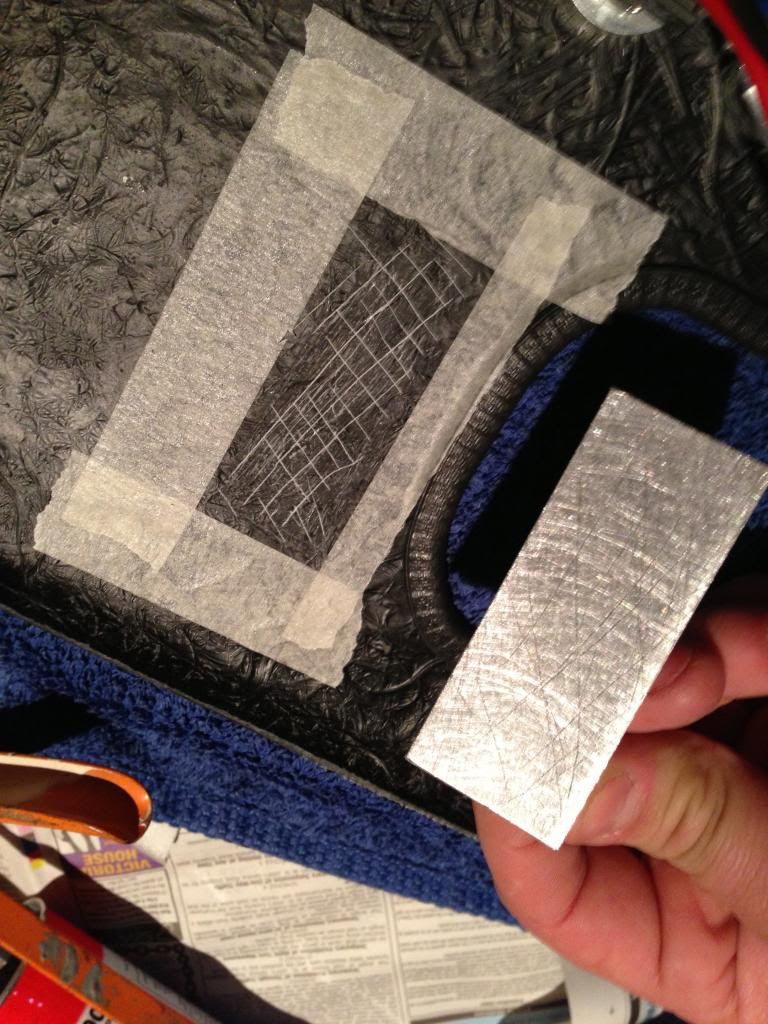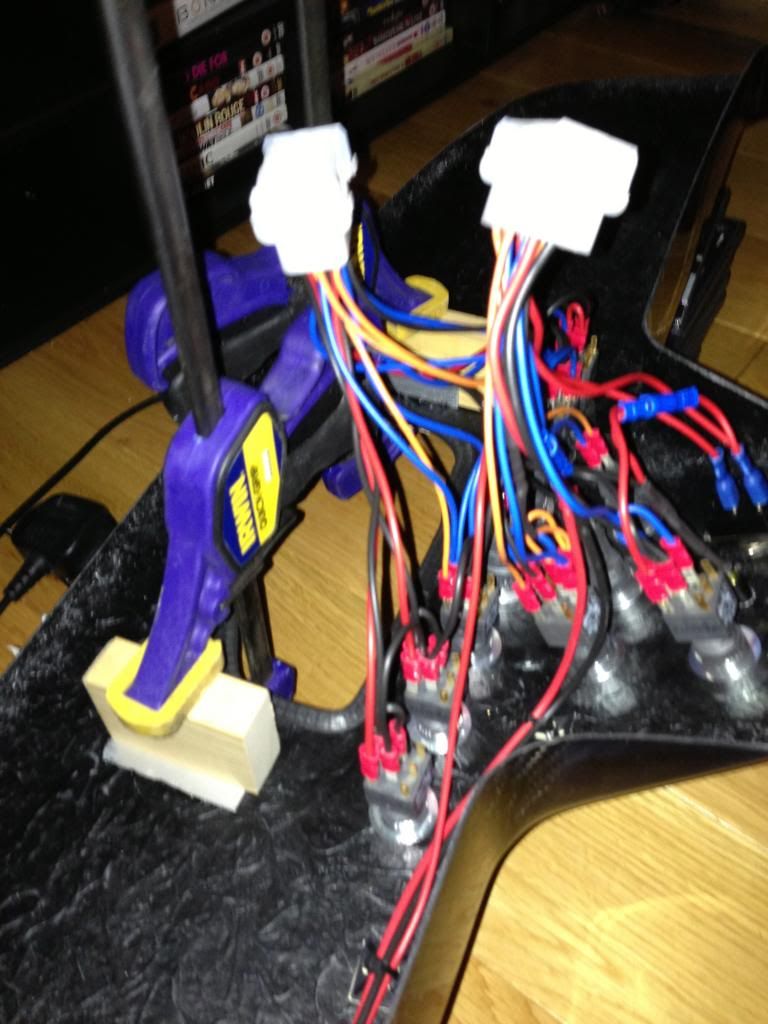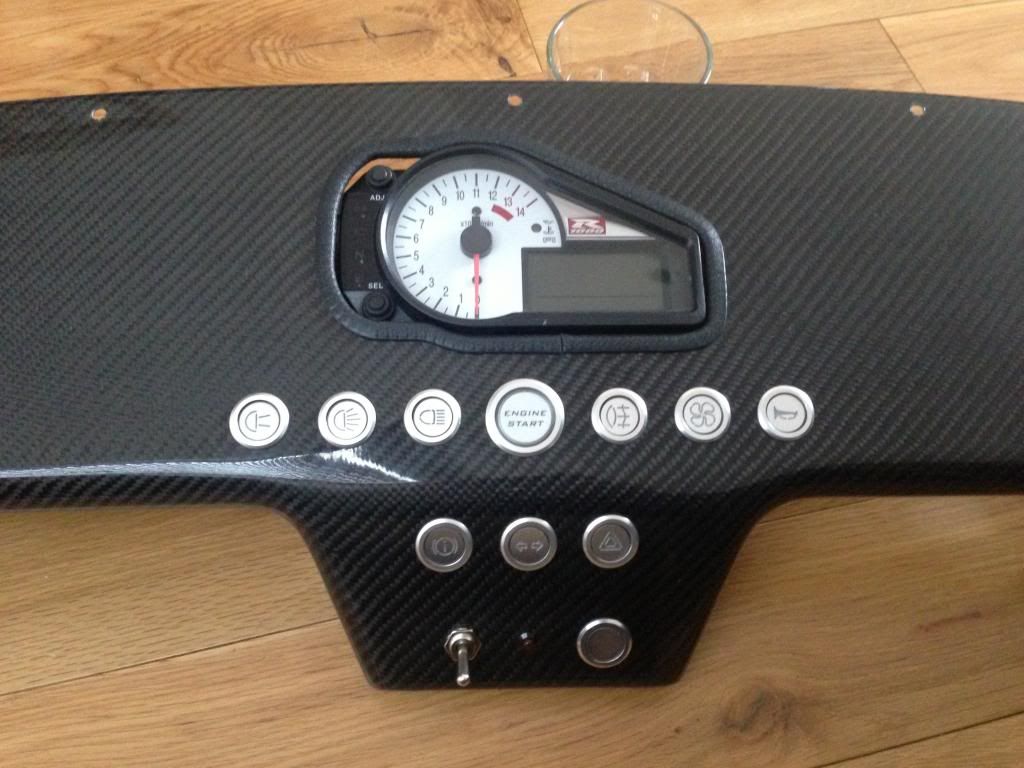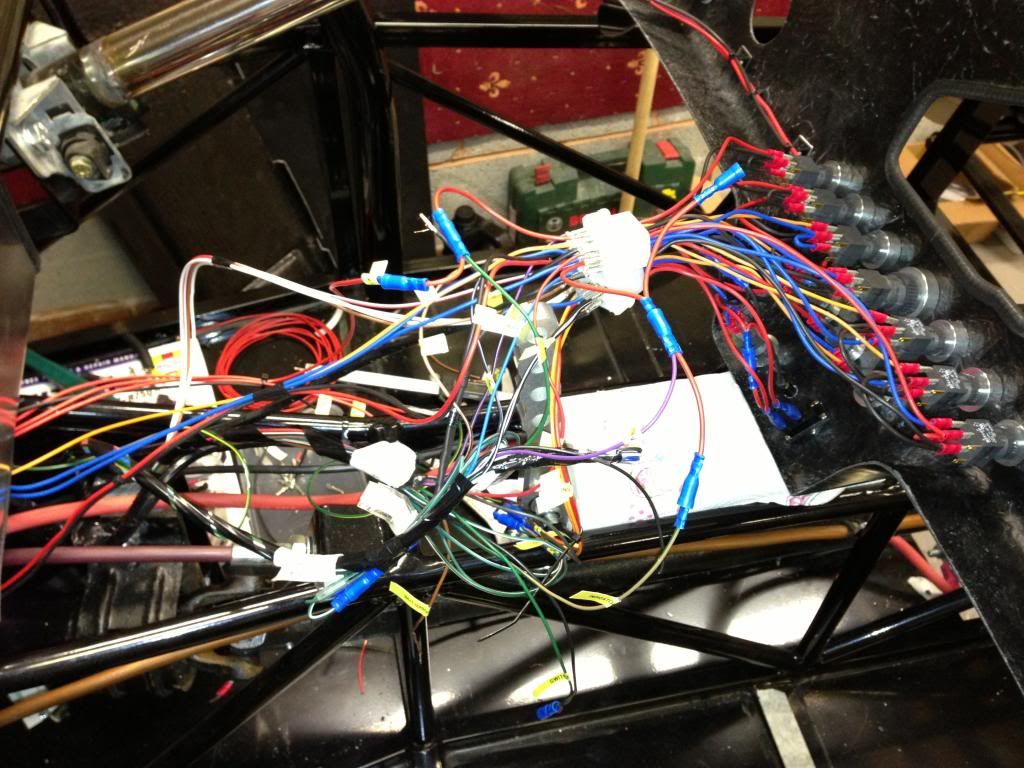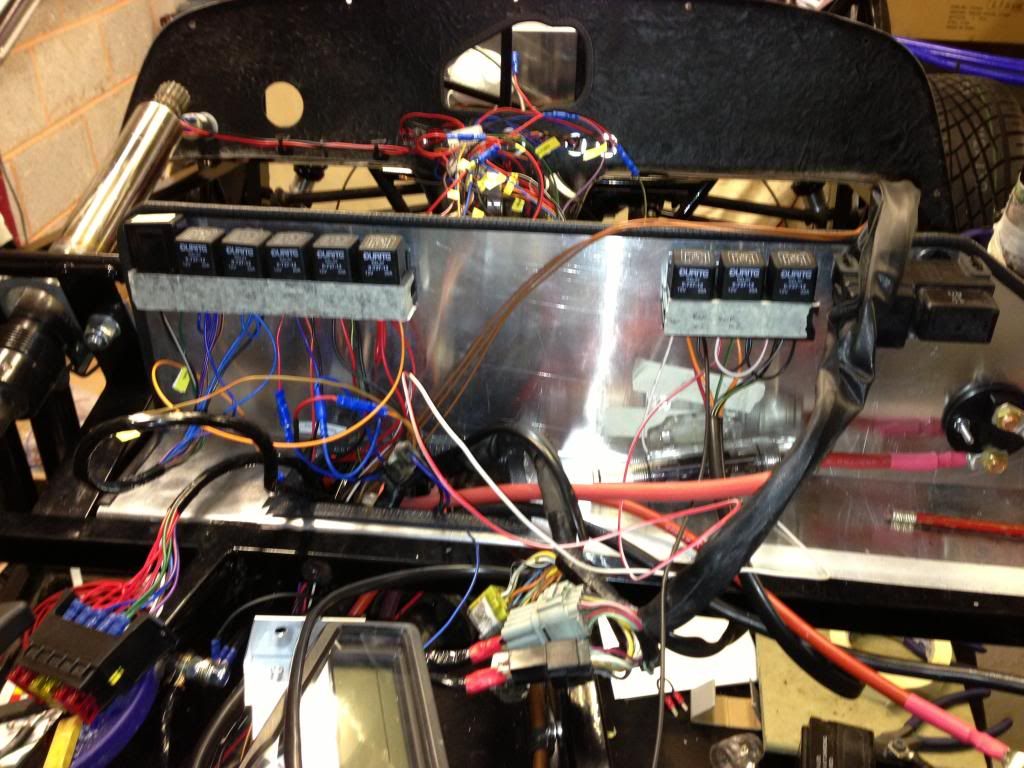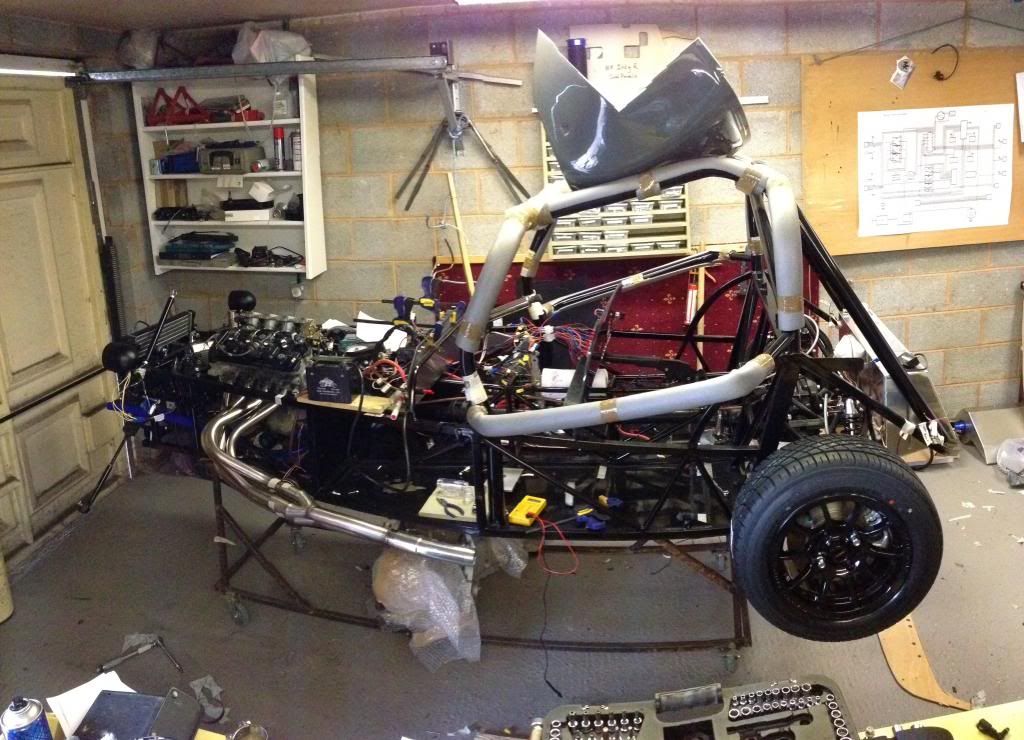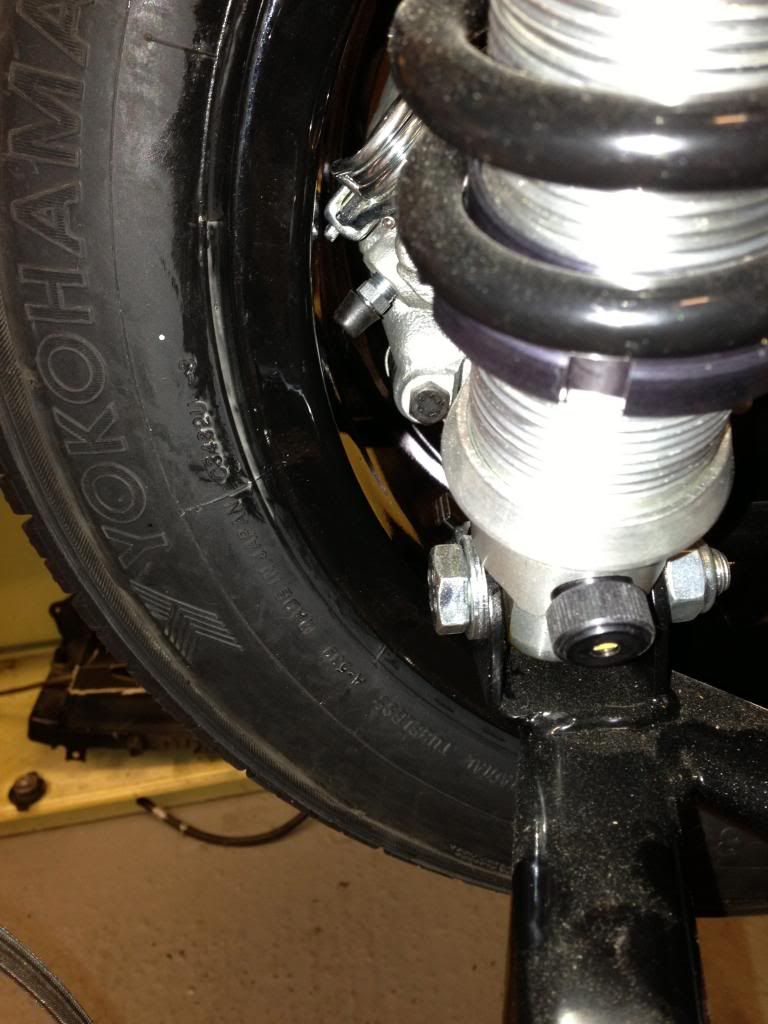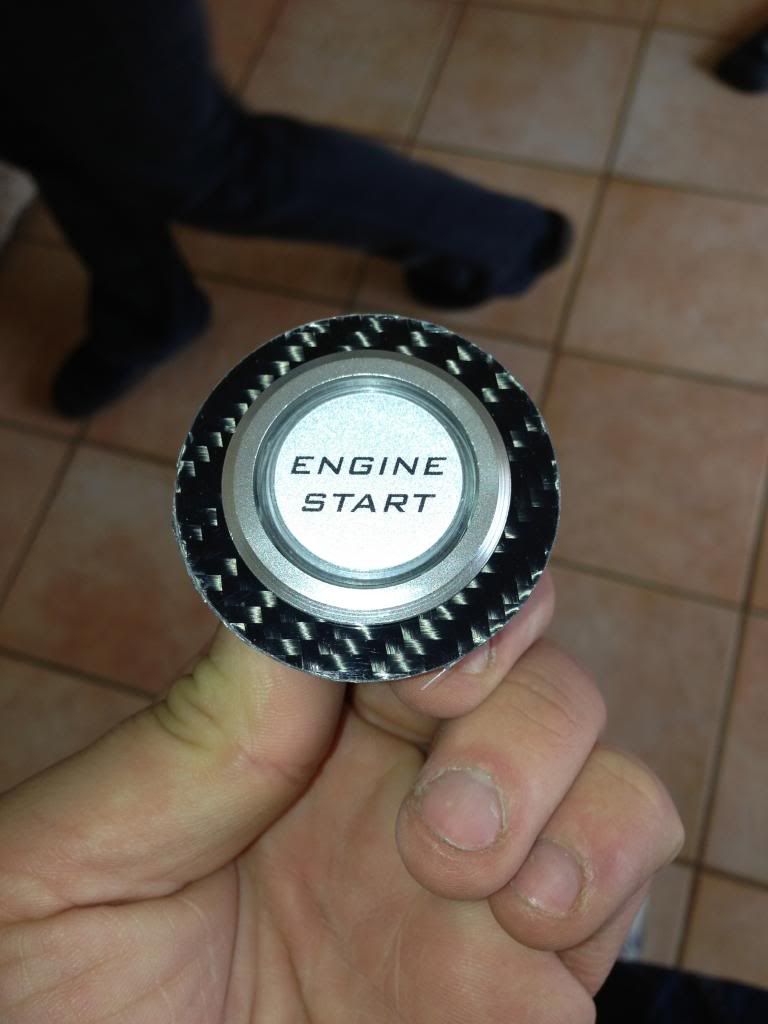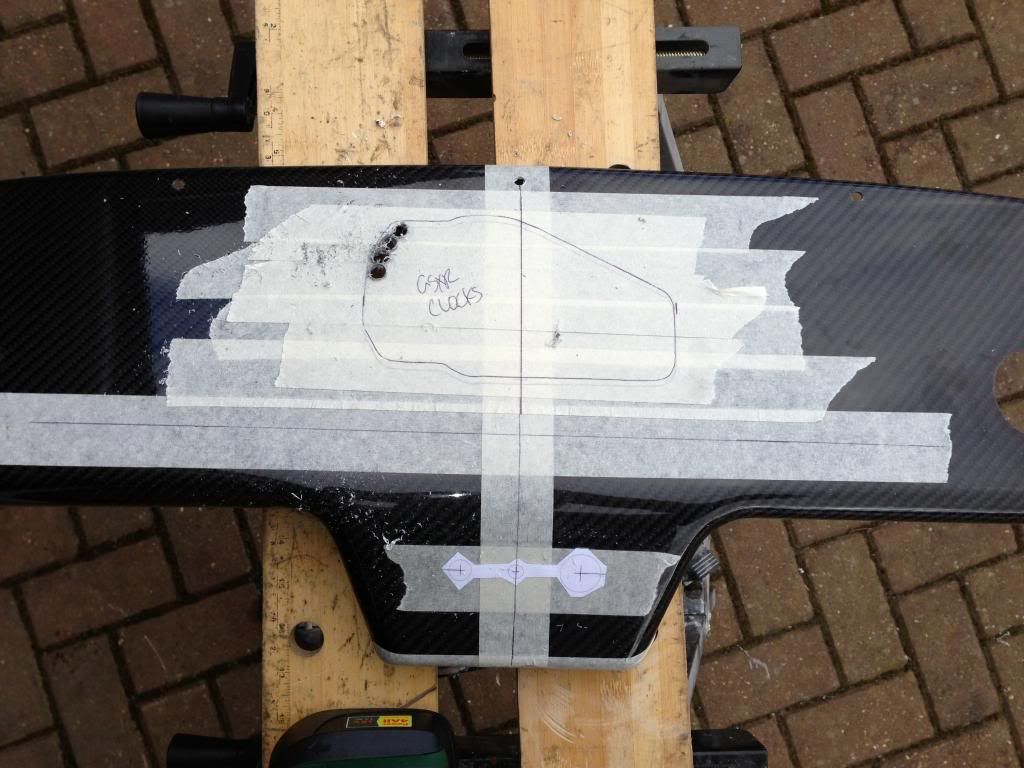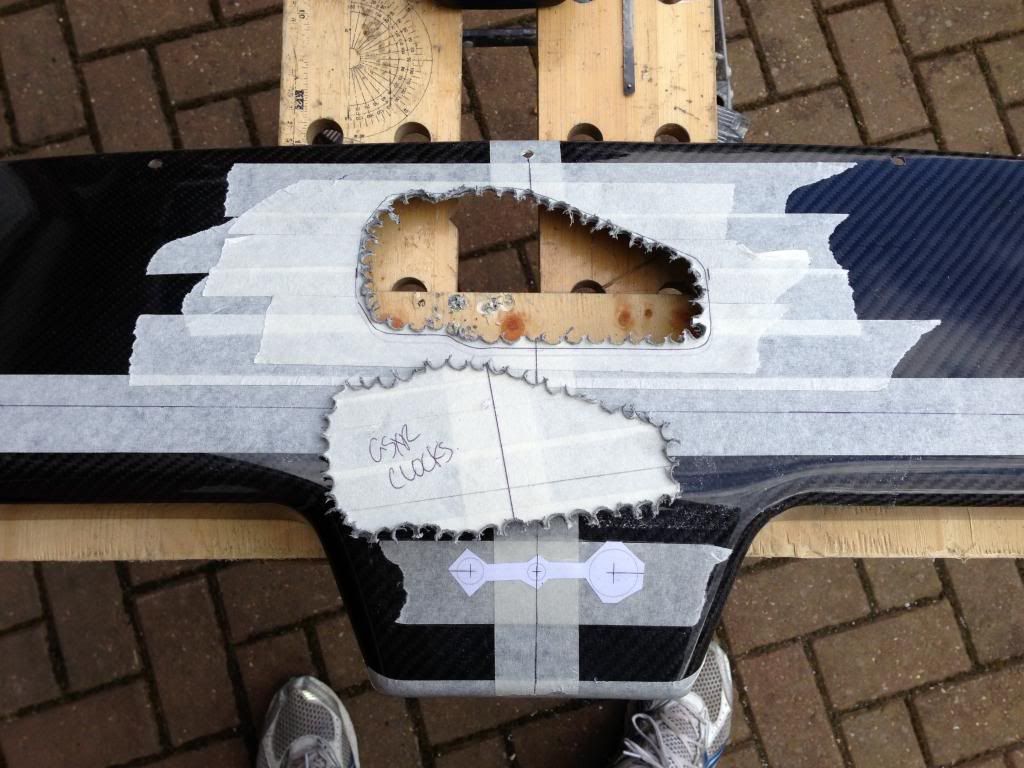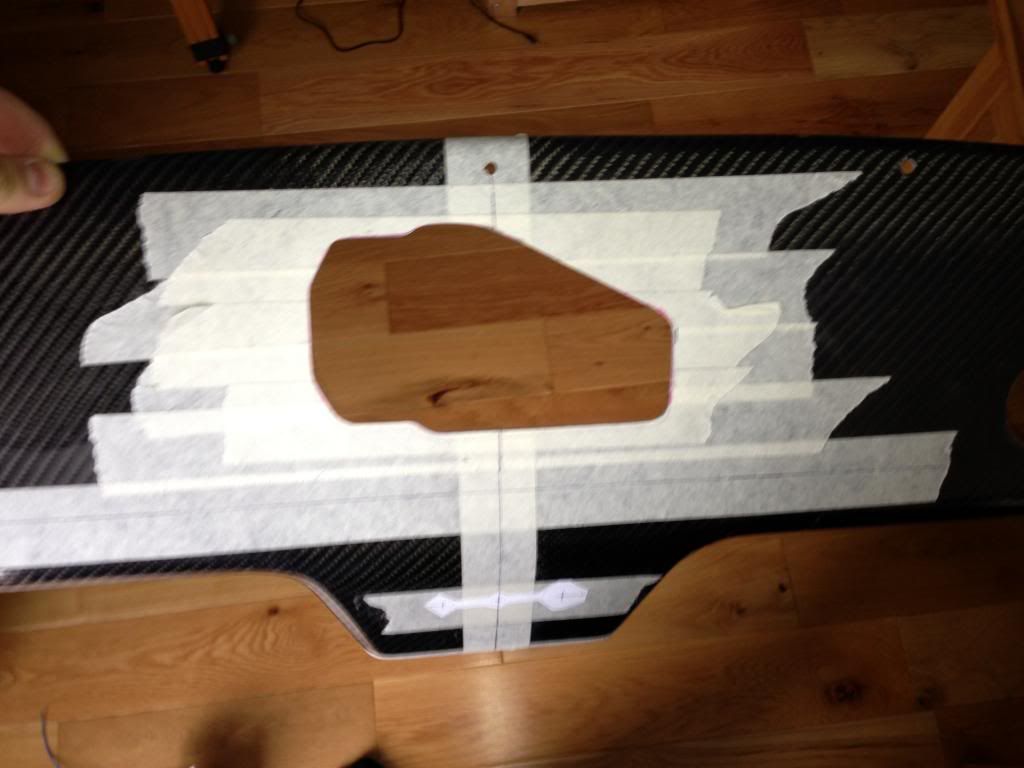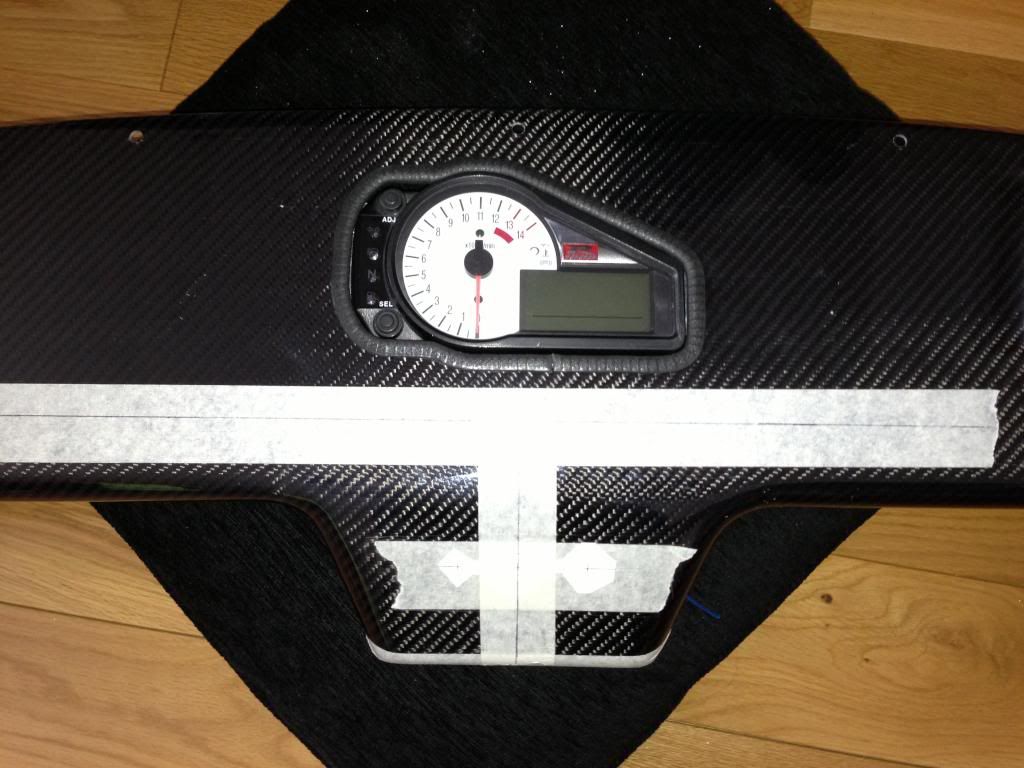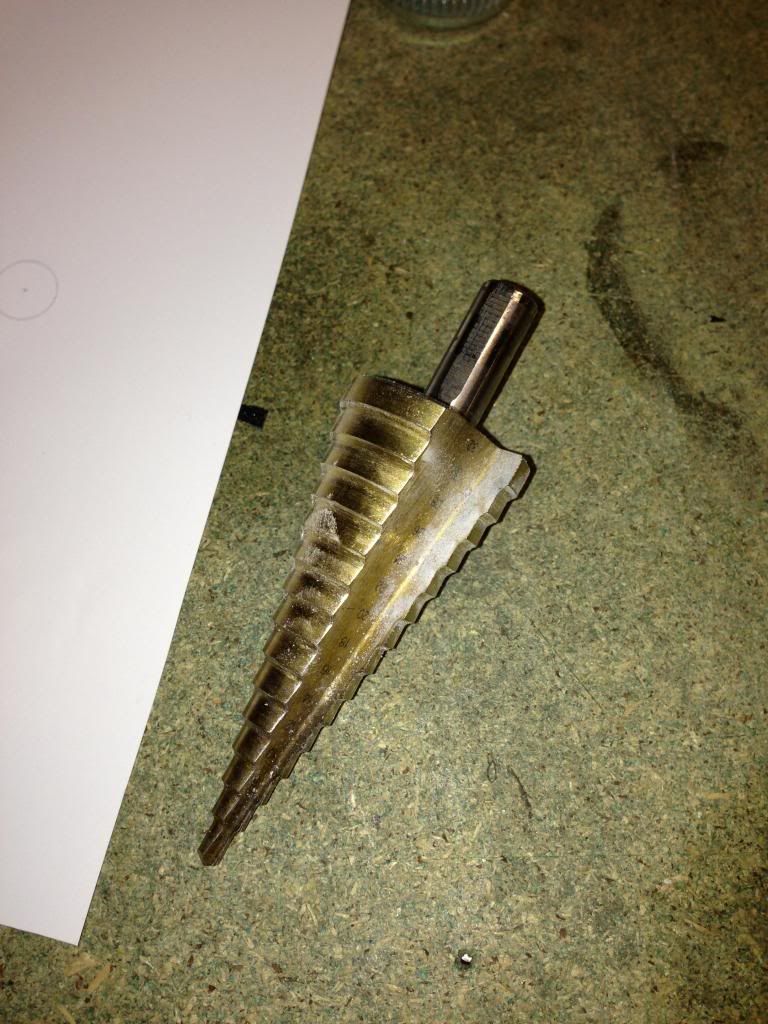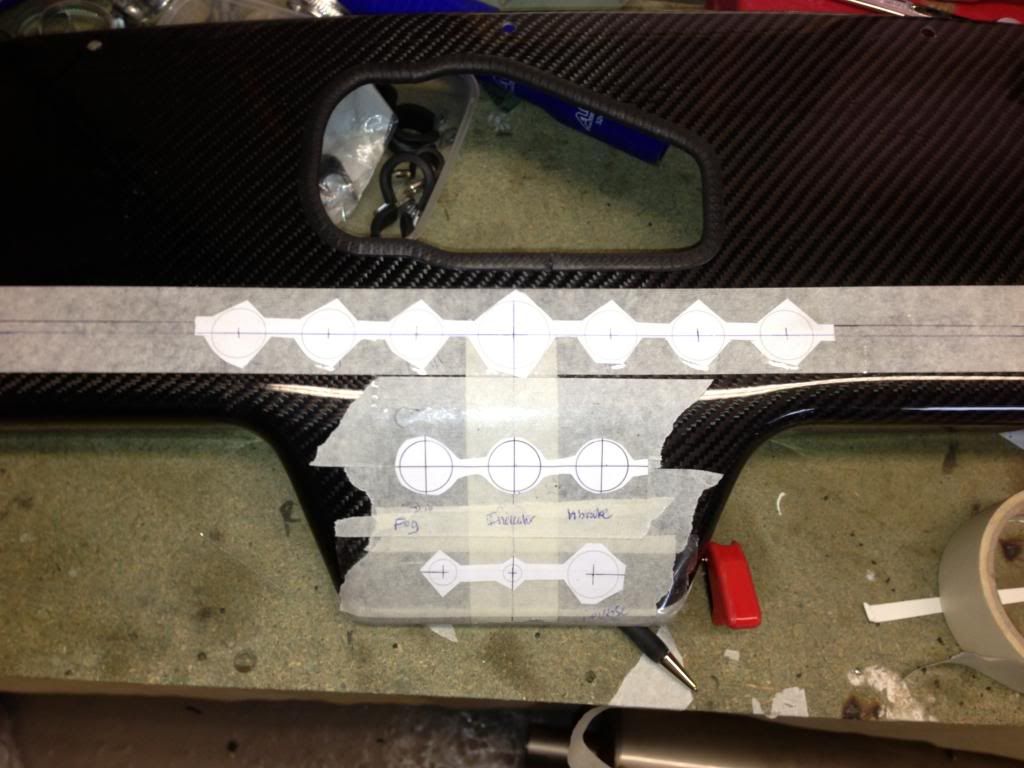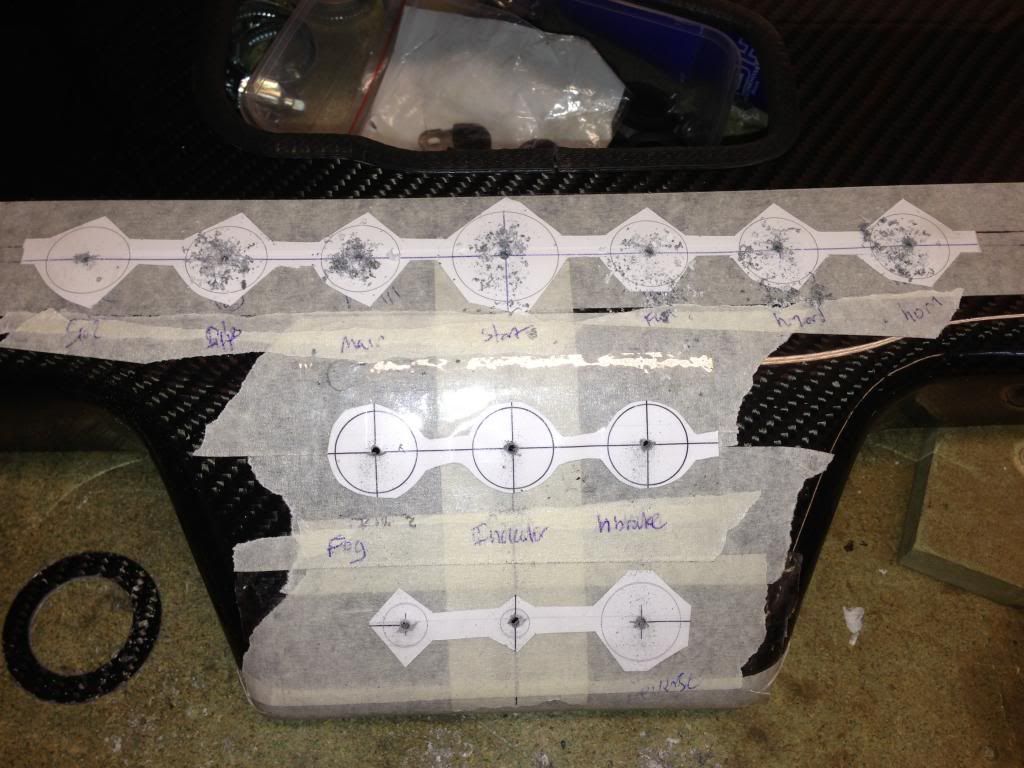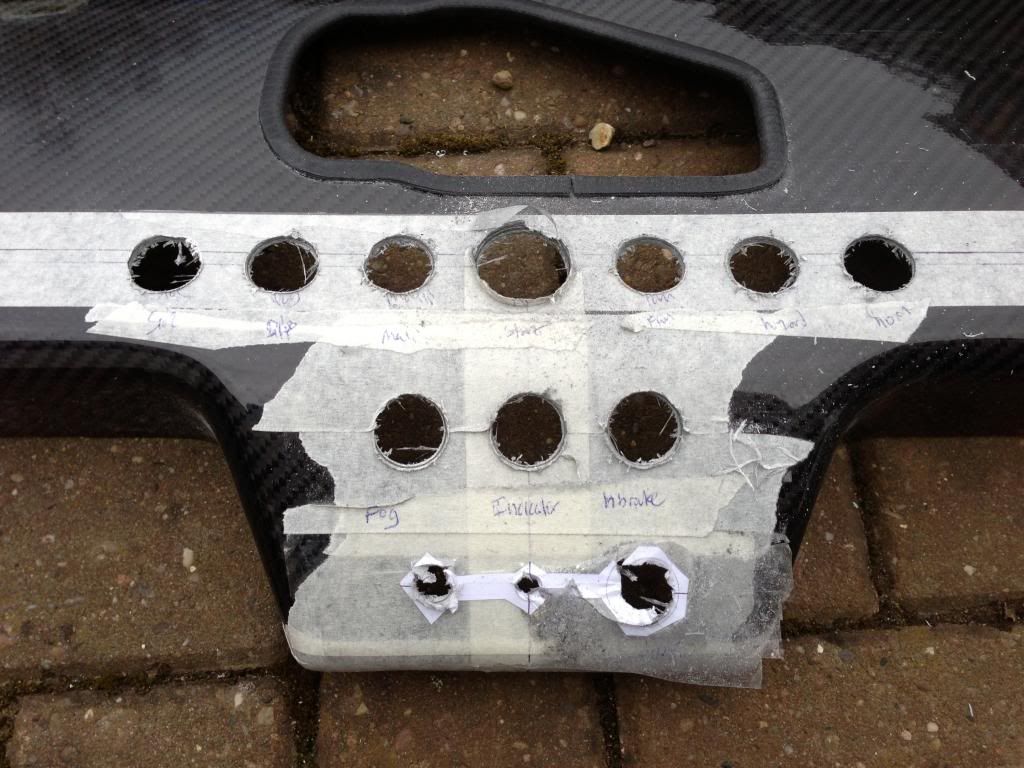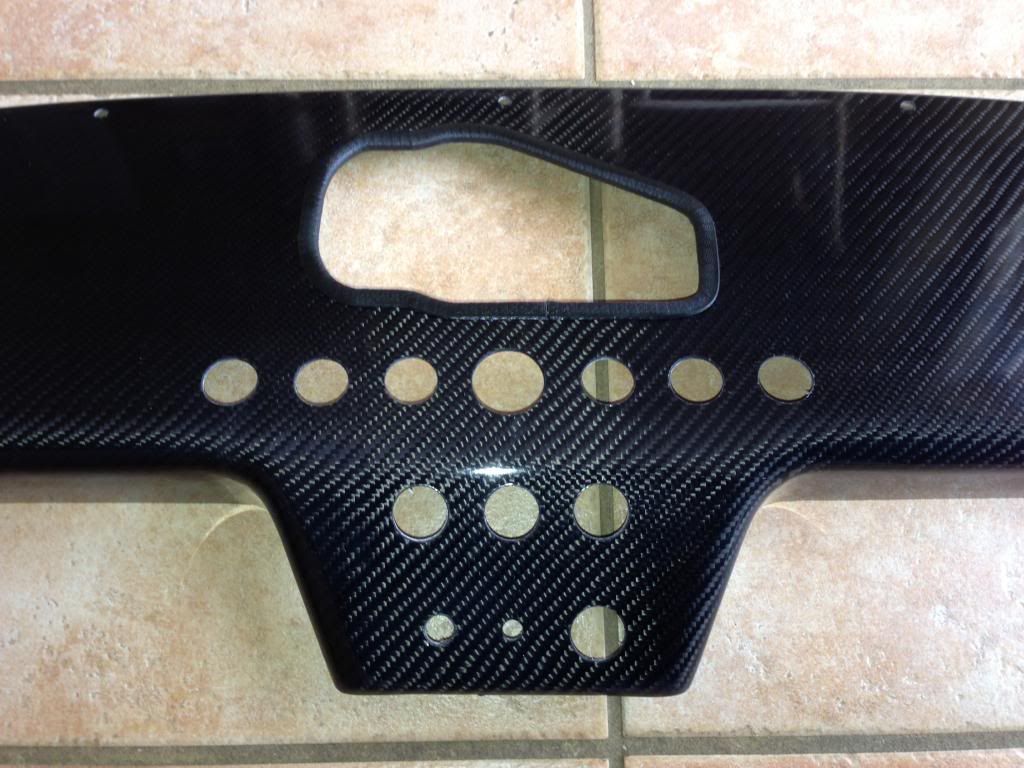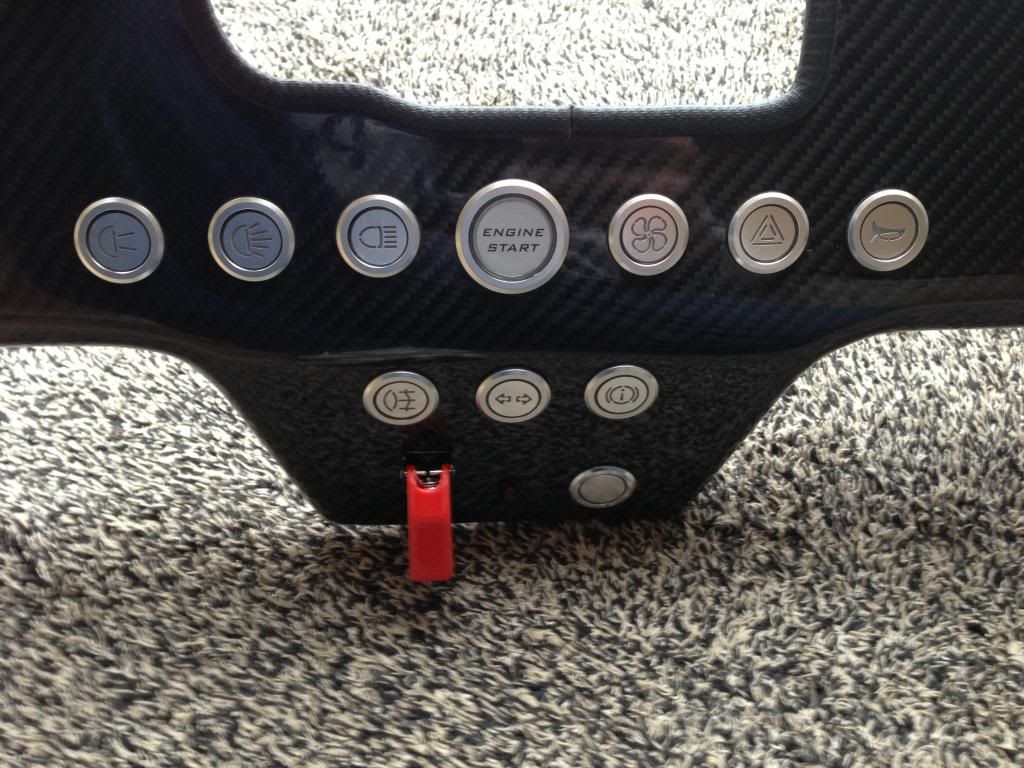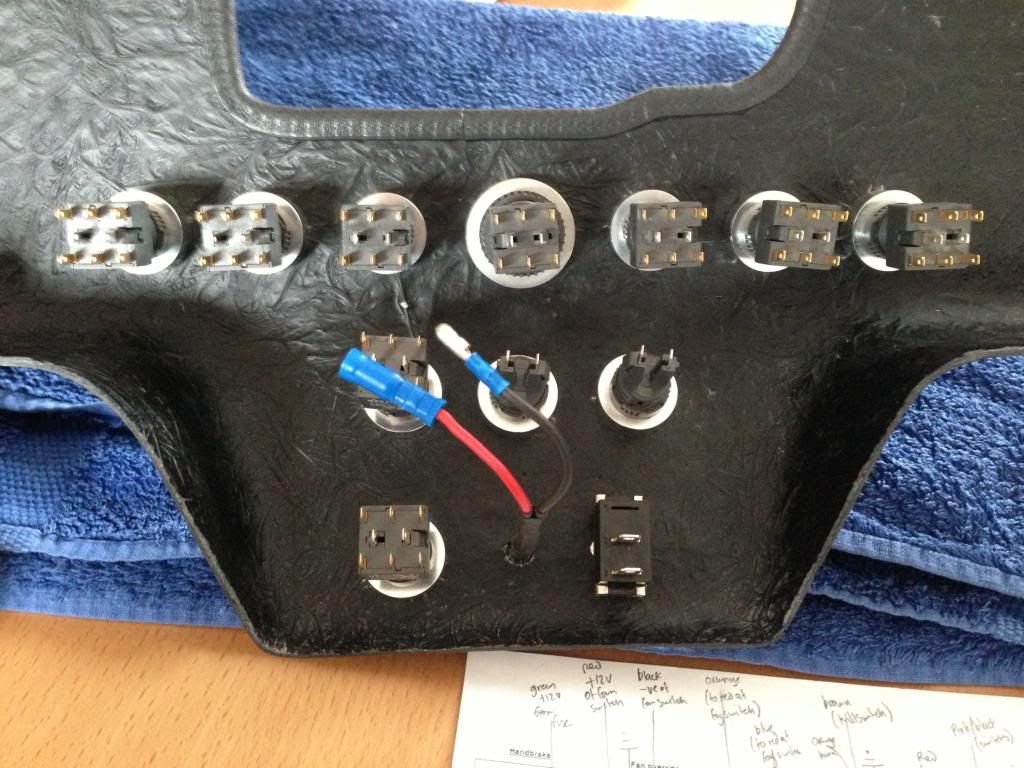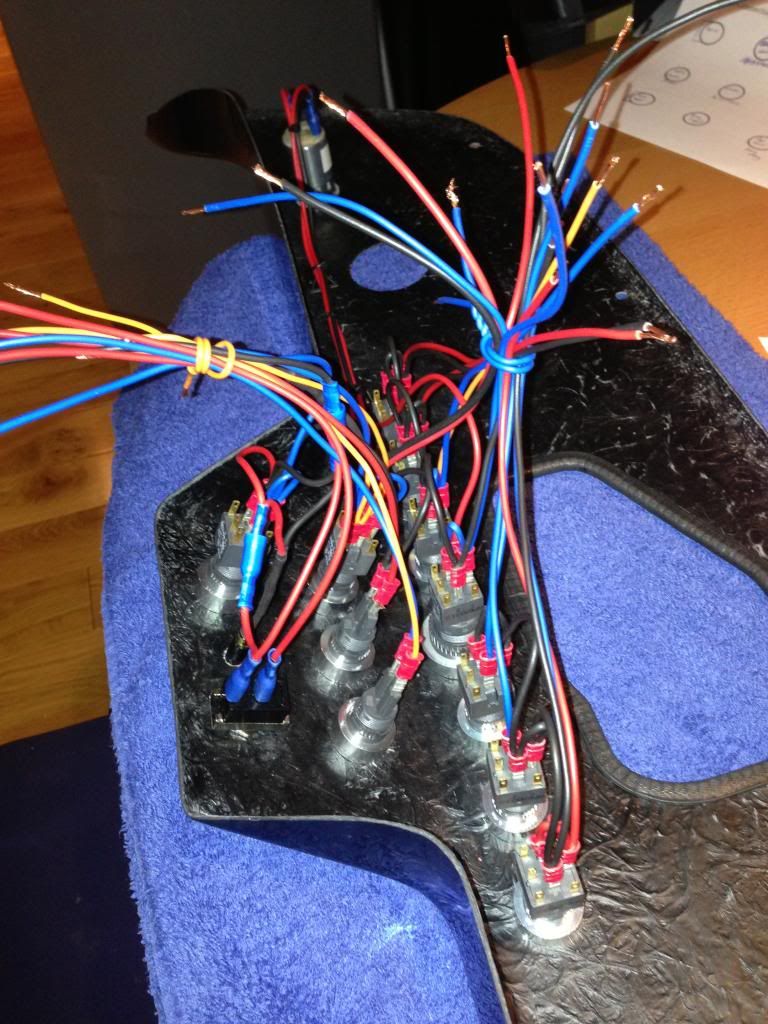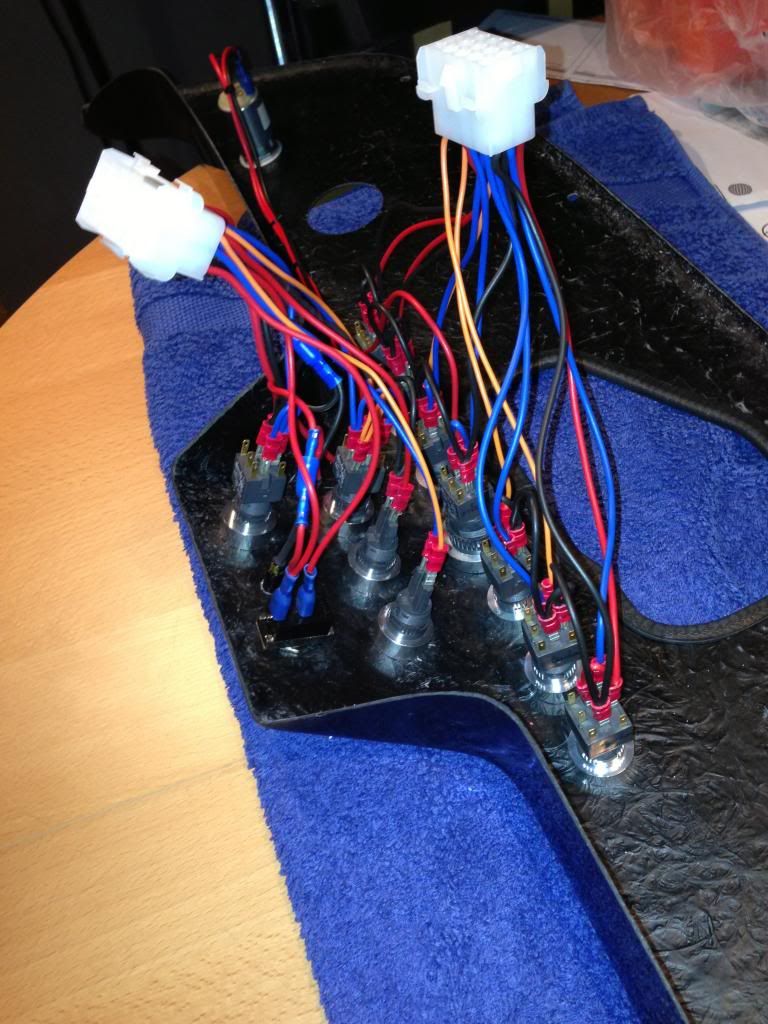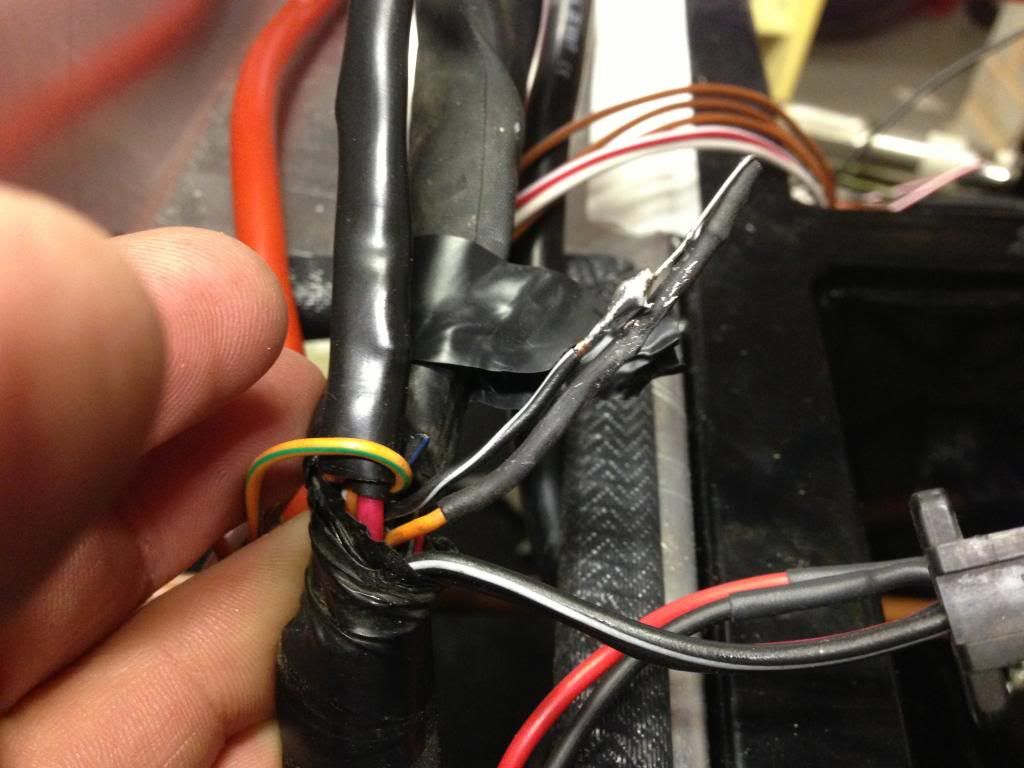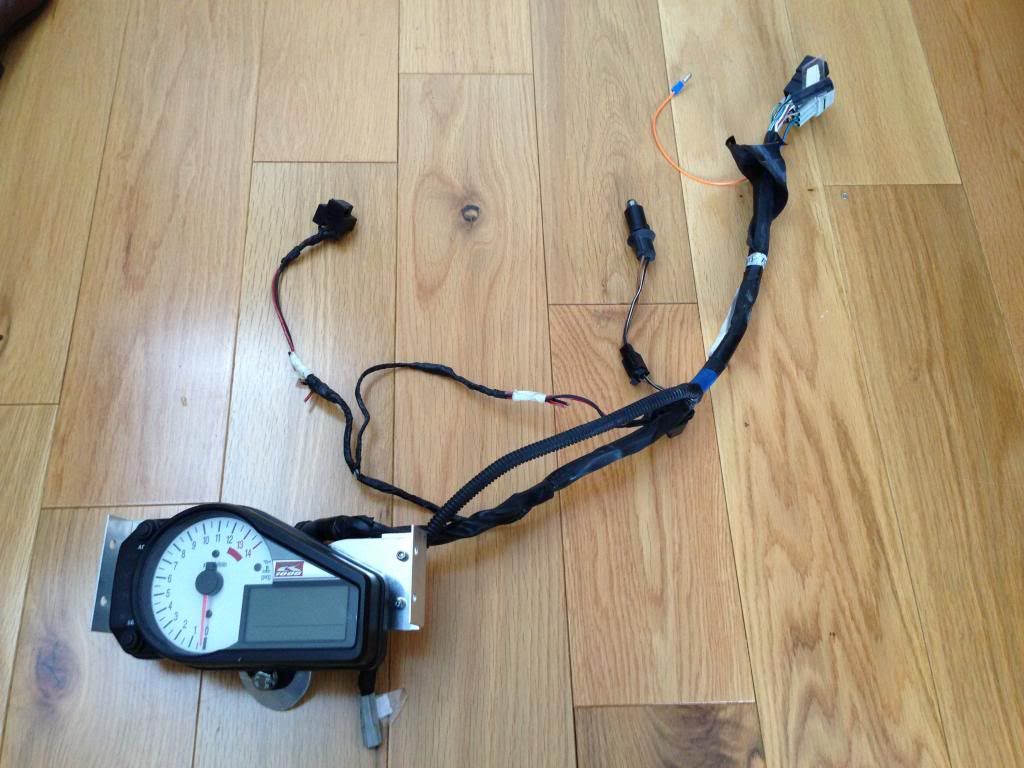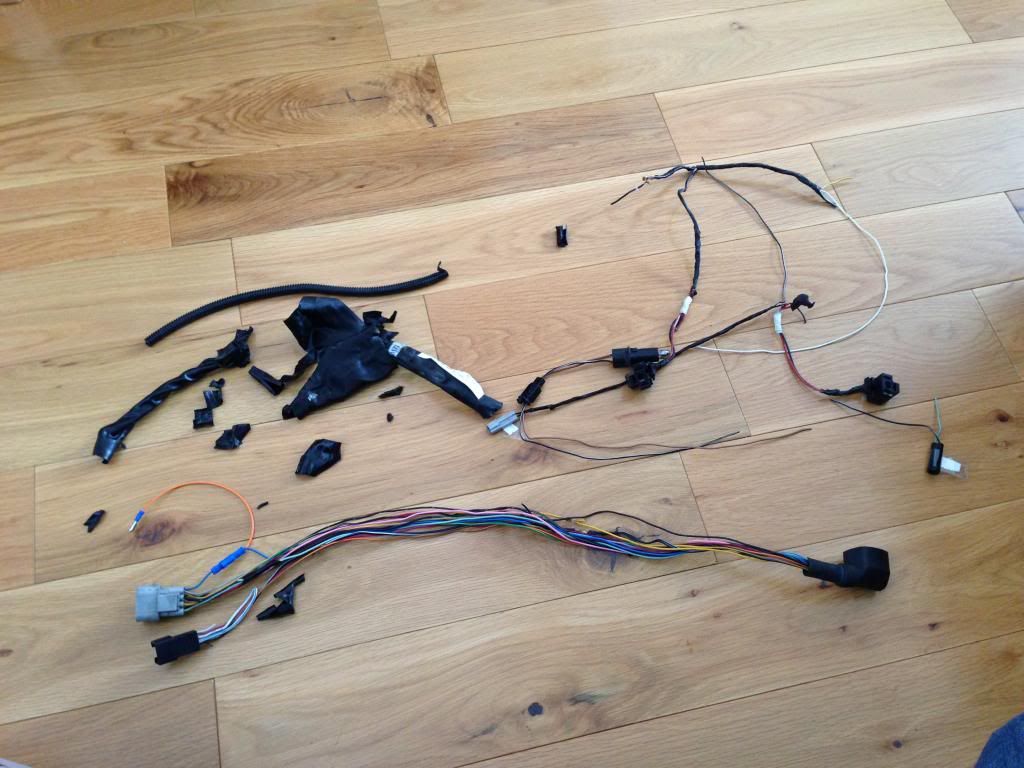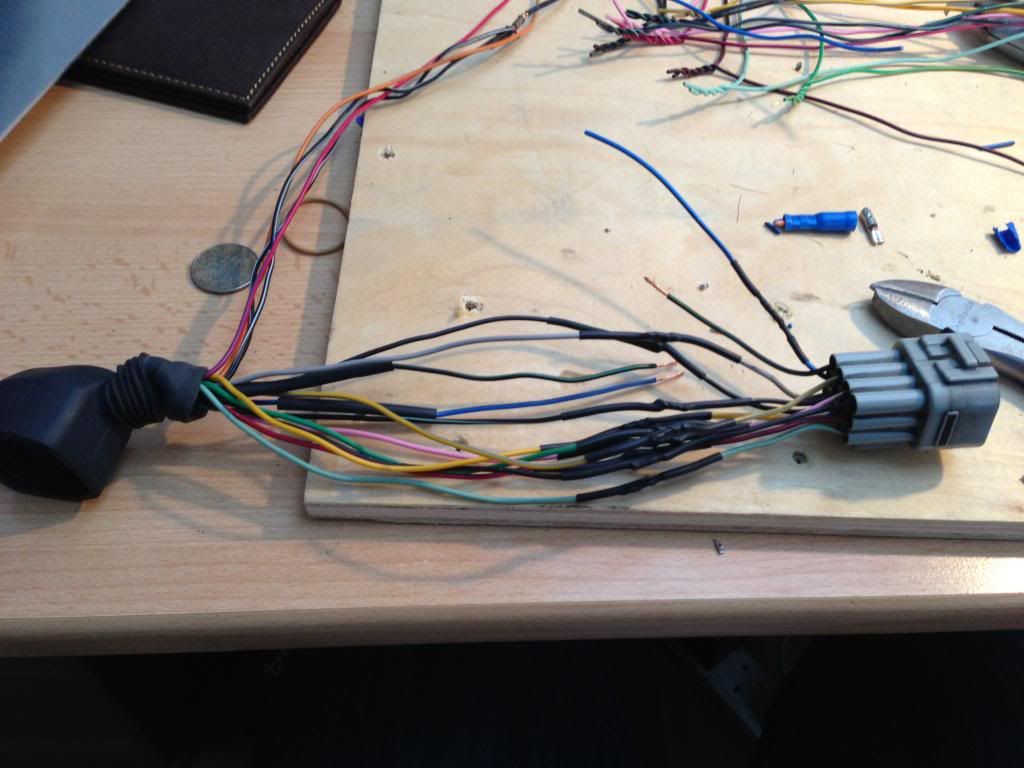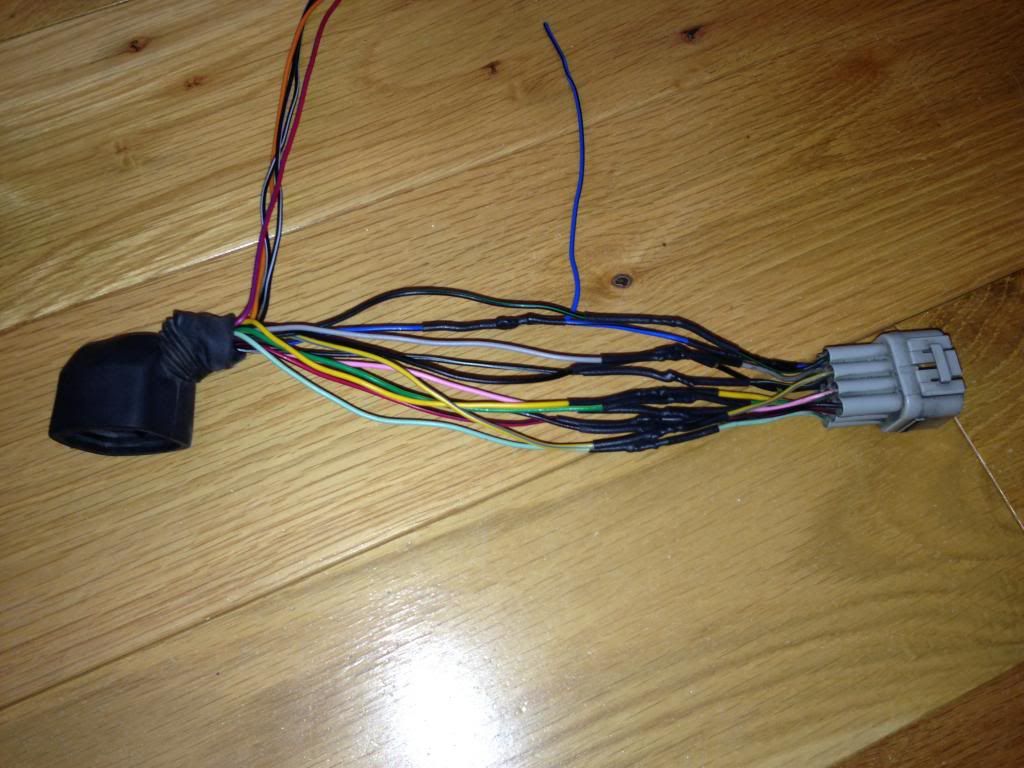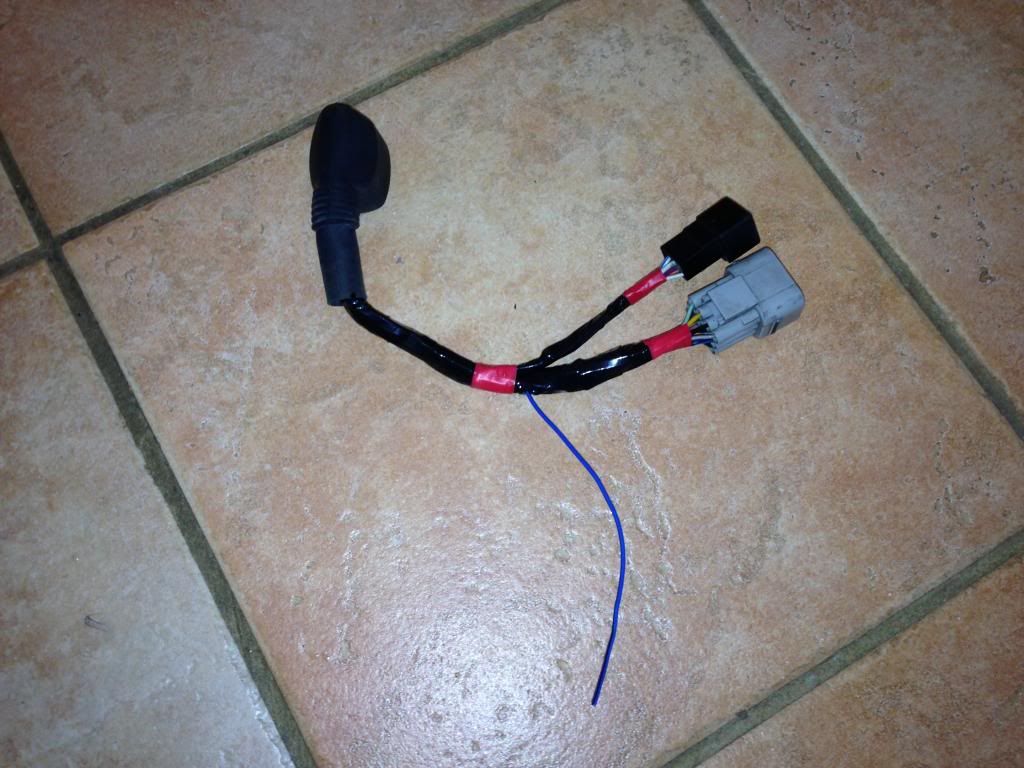Today
I started tidying up the electrics. I
installed a 150A inline fuse for the reverse motor – this was an old one I had
from my car audio system about 10 years ago.
I cut into the 25mm2 red cable and installed the fuse, bolting it to the
aluminium under the scuttle. I also
completed the 15 pin connector wiring, last ones to sort were for the reverse.
I
then soldered up all the male ends for the 15 pin connectors. I did this one at a time, removing one,
soldering, writing position, function and wire colour on my drawing before
installing to the connector block.
Soldering the terminals for the 15 pin connectors
Connector blocks finished
Relays labelled for reference
Last job was to fix the mounting brackets that will hold the GSXR clocks to the back of the dash. These were made from aluminium angle which was bonded on using PU adhesive. Both surfaces were cleaned and a keying surface created by scratching with a screwdriver. The brackets were glued and clamped and allowed to dry overnight.
Area marked off and surface keyed
Aluminium surface keyed ready for adhesive
Brackets glued and clamped
Clocks were installed the next day once the glue had dried. Below photo shows the completed dash.
